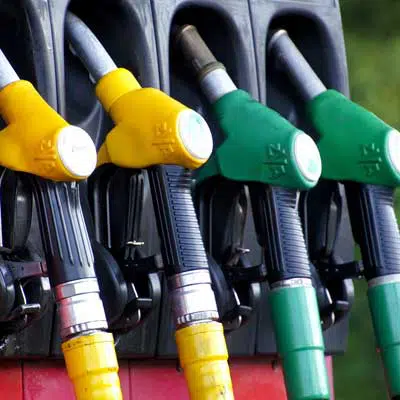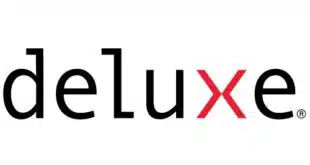With just over seven months to go before a crucial liability shift, just how well is the conversion of U.S. gasoline pumps to accept EMV chip cards going? It depends on whom you ask.
Visa Inc. says it’s progressing nicely. “I think we’re actually doing pretty well,” Julie Scharff, Visa’s vice president for consumer products, said Wednesday. “Ten percent of automated fuel dispenser transactions in the U.S. right now, according to Visa’s data, are chip-on-chip.”
Chip-on-chip refers to a transaction in which the payment-accepting device reads an EMV card’s chip. By October, AFDs at gas stations and convenience stores are supposed to be chip-ready. Otherwise the merchant acquirer—and ultimately the merchant—will bear the cost of counterfeit fraud, which chip cards are highly effective at thwarting, from chip card transactions at pumps capable only of reading magnetic stripes.
The card networks had set their fuel-pump liability shifts for October 2017, two years after their 2015 point-of-sale liability shifts, but in late 2016 they postponed them by three years because gasoline retailers complained about the high cost and complexity of retrofitting or replacing pumps for chip acceptance.

Slow EMV pump conversions have been attributed to various issues, including software availability. Nonetheless, progress “is actually way better than where we stood with the EMV migration results back in 2015,” said Scharff, who spoke as a member of a panel about consumer payments at this week’s Payments Summit sponsored by the Secure Technology Alliance trade group. “So at the same time that we are now in our migration to AFD EMV we are ahead of where we were for the non-fuel merchant EMV migration this many months out, by actually a factor of two.”
But Scharff got some push-back on that assertion. “I think it’s a little bit of a false comparison,” a session attendee at the Salt Lake City conference said, noting Visa hasn’t released the number of gas stations with chip-reading fuel pumps. The woman also said the number of U.S. chip cards is now far higher than in 2015. Scharff said those observations were “totally fair” and that she would look into the possibility of getting location statistics “that we can share.”
Session moderator Deborah Baxley, a partner at consulting firm PayGility Advisors LLC, reminded those in the room about a mid-2019 survey by Conexxus Inc., a petroleum-industry standards and technology organization, that found gas stations had a long way to go in their upgrades. “I wondered if Visa has a different point of view on the state of readiness,” said Baxley.
Only 13% of respondents to the June-July survey, which included data from 79 owners or operators of 26,284 retail locations, at the time said that their fuel islands were fully deployed for EMV, and nearly 70% said they had no sites deployed. On the brighter side, 42% said their fuel islands already were or would be ready to accept contact EMV cards by October 2020.
Scharff responded that “come October I guess we’ll see what the actual number is. I think that we’re probably further along in progress” than the survey indicated, she said, adding that she hopes Conexxus does another such survey.
In any case, the card networks have said they won’t postpone the liability shifts again. Scharff said counterfeit fraud inside c-stores, where EMV upgrades are much farther along, dropped 46% in 2017-18, but at the pump it increased 36%. “So counterfeit fraud isn’t going away, if there [are] still places for it to be completed, it’s just migrating to the less secure environment,” she said.





